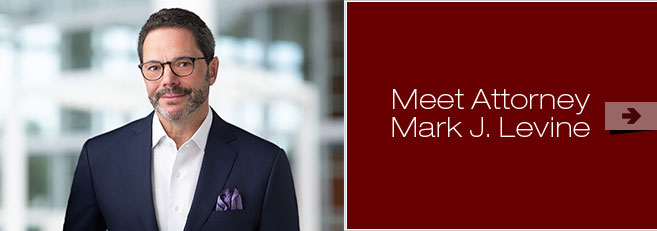Categories
Recent Posts
- Meaningful Harassment Training
- Put it in Writting
- Get A Receipt: How to stop employee misappropriation
- Focus on the Wins
- HALLOWEEN EDITION: CUES TO CALL A LAWYER
Archives
- December 2023
- October 2023
- May 2023
- February 2023
- October 2022
- August 2022
- May 2022
- April 2022
- March 2022
- January 2022
- June 2021
- May 2021
- December 2020
- September 2020
- July 2020
- May 2020
- March 2020
- February 2020
- December 2019
- October 2019
- September 2019
- June 2019
- April 2019
- March 2019
- January 2019
- December 2018
- September 2018
- June 2018
- May 2018
- February 2018
- January 2018
- December 2017
- September 2017
- July 2017
- May 2017
- April 2017
- January 2017
- October 2016
- September 2016
- July 2016
- June 2016
- May 2016
- March 2016
- February 2016
- December 2015
- November 2015
- October 2015
- August 2015
- June 2015
- May 2015
- March 2015
- January 2015
- December 2014
- November 2014
- September 2014
- August 2014
- July 2014
- May 2014
- April 2014
- March 2014
- February 2014
- January 2014
- November 2013
- September 2013
- August 2013
- July 2013
- June 2013
- May 2013
- April 2013
- February 2013
- January 2013
- October 2012
- August 2012
- July 2012
- May 2012
- April 2012
- January 2012
- December 2011
- November 2011
- October 2011
- September 2011
- May 2011
- March 2011
- January 2011
- December 2010
- November 2010
- October 2010
Get A Receipt: How to stop employee misappropriation
Posted on May 31, 2023 in Consulting
Driving back from a (thankfully) successful arbitration in Dallas and rushing home before a certain Hurricane Harvey, I received a phone call from a potential new client. He explained his situation. As he walked down the hallway on his way out to leave his job, he was met by two members of security. They escorted him to an office with human resources and his boss he resigned to earlier that day. They told him they knew that he had several thumb drives with company information and recommended he get a lawyer. They were correct, and he called me. Fortunately, he reached into his backpack and handed over the two devices, and then he and I talked about the next steps. It ended peacefully with no money exchanged and no suit. My client kept his new job too.
He got lucky. He got caught so quickly that no harm had ensued. However, there were more than a few very irritated company officials contemplating legal action.
I have handled many and tried several trade secret cases to a jury, so I know most theft of data and trade secret cases are far more complicated. One recent trial took 37 days. (Not a typo.) In most situations, suspicion raises the alarm for an IT forensic review. It typically takes time to get the full evidence of what a person may have taken by way of e-mail, external drives, or cloud-based storage (e.g., Dropbox).
There is an easier, often foolproof solution: get a receipt.
An exit interview – and you should have one – should require that an employee confirm in writing he has turned over all the intellectual property and physical property that might contain intellectual property. For a variety of reasons or excuses, employers sometimes skip this step.
Some companies presume employees will act honorably and that they will remember the confidentiality agreement they signed years earlier. We all know differently. People want a head start. Who wants to start over when they have the information in front of them necessary to continue the relationship with a competitor? It always helps to start a new job with a leg up.
Based on a lot of experience, I believe that if pressed to sign a document confirming compliance an ignorant, negligent, and even malicious employee will return what they never should have appropriated. I recommend this be accomplished in an in-person meeting with a signature on an “Acknowledgment”; I call it a receipt.
Tailored to your business the “Receipt” or “Acknowledgment” says something like:
“I hereby confirm that I (write your name):
- Returned the company’s computer(s) to (write the name);
- I do not have any external drives, USBs, or similar devices that contain any company information or property, including any information that originated during employment with the company (no matter the source). This includes but is not limited to, client list, financial information, personnel information, employee lists, contact lists for clients, customers, vendors, and suppliers, client/customer purchase history information, marketing and sales data (“Company Information”). (Again, defined to fit your business.)
- I do not currently have access to any Company Information.
- I have looked at my personal e-mail accounts and personal computers and other electronic devices and confirm that any work-related document, email, or information has been deleted, with the exception only to documents needed for my personal tax obligations.
- In the space below I have noted any exceptions to my commitments above.”
It works both ways. I counsel people transitioning to a new job to create a receipt (like the above) to confirm they honored their obligations when their employer never bothered to ask. Guess how many of those clients got sued for taking company information? Right… none.
I hope you enjoyed this newsletter offering a simple process for avoiding the taking of company information.

